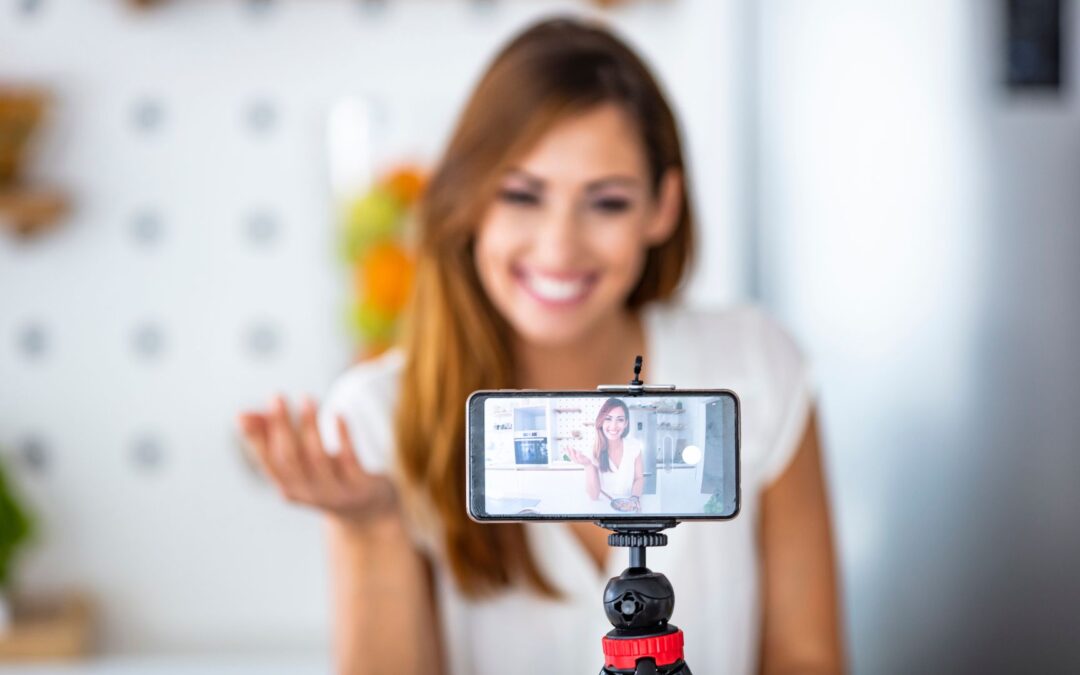In the fast-paced digital landscape, capturing your audience’s attention is more challenging than ever. Amid the constant stream of information, visual content stands out as a powerful tool to engage, inform, and persuade. At Zen9 Marketing, we recognize the immense potential of visual content in digital marketing. This blog will explore the impact of visual content, particularly infographics and videos, and provide strategies for creating engaging visual materials that capture your audience’s attention and drive meaningful engagement.
The Impact of Visual Content in Digital Marketing
Visual content is any content that uses images, videos, graphics, or other visual elements to convey information or tell a story. The human brain processes visual information much faster than text, making visual content an effective way to communicate complex ideas quickly and clearly.
Key Benefits of Visual Content:
-
Enhanced Engagement:
Visual content is more likely to be noticed, liked, shared, and commented on compared to text-based content. This higher engagement can lead to increased visibility and reach.
-
Improved Retention:
People remember visual content better than text. Studies show that after three days, people retain 65% of the visual information they see compared to only 10% of written information.
-
Increased Conversions:
Visual content can drive conversions by making your message more compelling. For example, videos on landing pages can increase conversion rates by 80%.
-
Better Communication:
Visuals can simplify complex information, making it easier for your audience to understand and act on your message.
Strategies for Creating Engaging Infographics
Infographics combine text, images, and design elements to present information in a visually appealing and easily digestible format. They are particularly effective for sharing data, statistics, and processes.
1. Identify Your Goals and Audience:
Before creating an infographic, determine your goals and understand your target audience. What information do you want to convey? Who will find it useful? Tailoring your infographic to your audience’s needs and interests will make it more impactful.
2. Choose a Compelling Topic:
Select a topic that is relevant, interesting, and valuable to your audience. Infographics can cover a wide range of topics, such as how-to guides, industry trends, data reports, and comparisons.
3. Gather and Organize Your Data:
Collect accurate and relevant data from credible sources. Organize the information logically to ensure a clear and coherent flow. Create an outline to map out the main points and supporting details.
4. Design with Clarity and Simplicity:
A well-designed infographic should be visually appealing but not overly complicated. Use a clean layout with plenty of white space to avoid clutter. Highlight key points with bold fonts and contrasting colors.
5. Use High-Quality Visuals:
Incorporate high-quality images, icons, and illustrations that enhance your message. Avoid using generic stock photos that may detract from the uniqueness of your infographic.
6. Make It Shareable:
Optimize your infographic for sharing by including social sharing buttons and an embed code. Share it across your social media channels, website, and email newsletters to reach a wider audience.
Example:
At Zen9 Marketing, we created an infographic on “The Benefits of Visual Content in Digital Marketing.” It highlighted key statistics, provided tips for creating visual content, and included eye-catching visuals. This infographic was shared extensively on social media and received high engagement, demonstrating the power of well-crafted visual content.
Strategies for Creating Engaging Videos
Videos are a versatile and engaging form of visual content that can capture your audience’s attention and convey your message effectively. They can be used for various purposes, such as tutorials, product demonstrations, testimonials, and storytelling.
1. Define Your Objectives and Audience:
Clearly define the purpose of your video and the audience you want to reach. Understanding your objectives and audience will guide the content, tone, and style of your video.
2. Plan Your Content:
Create a detailed script or storyboard that outlines the key messages and visual elements of your video. This planning stage ensures that your video is well-organized and flows smoothly.
3. Focus on Storytelling:
People are naturally drawn to stories. Use storytelling techniques to make your video more engaging and relatable. Whether you’re explaining a product or sharing a customer testimonial, a compelling story can make a lasting impact.
4. Keep It Short and Engaging:
Attention spans are short, especially online. Aim to keep your videos concise and to the point. Hook your viewers in the first few seconds and maintain their interest with engaging content.
5. Use High-Quality Production:
Invest in good-quality production to create professional-looking videos. This includes clear audio, good lighting, and sharp visuals. While you don’t need a Hollywood budget, attention to detail can make a big difference.
6. Include a Call-to-Action (CTA):
Encourage your viewers to take the next step by including a clear call-to-action at the end of your video. Whether it’s visiting your website, subscribing to your channel, or making a purchase, a strong CTA can drive conversions.
Example:
Zen9 Marketing produced a series of short, engaging tutorial videos on social media marketing tips. Each video provided valuable insights and practical advice in under two minutes. These videos were shared on our YouTube channel and social media platforms, attracting a significant number of views and new followers.
Other Effective Visual Content Strategies
While infographics and videos are powerful tools, other forms of visual content can also enhance your digital marketing efforts.
1. Social Media Graphics:
Social media platforms are highly visual, making graphics an essential part of your content strategy. Create eye-catching images, quotes, and memes that align with your brand and resonate with your audience.
2. Interactive Content:
Interactive content, such as quizzes, polls, and interactive infographics, engages users by requiring their participation. This type of content can increase engagement and provide valuable insights into your audience.
3. Slideshows and Presentations:
Slideshows and presentations are effective for sharing detailed information in a structured format. Platforms like SlideShare allow you to reach a broader audience by sharing your presentations online.
4. Ebooks and Whitepapers:
Ebooks and whitepapers are longer-form content that can establish your authority on a subject. Use visual elements like charts, graphs, and images to break up text and make the content more engaging.
5. GIFs and Animations:
GIFs and animations are a fun and dynamic way to capture attention and convey messages quickly. They are particularly effective on social media and in email marketing.
Example:
A small tech company used animated GIFs in their email marketing campaigns to demonstrate new software features. These animations not only made the emails more engaging but also helped recipients understand the product’s functionality better, leading to higher click-through rates.
Measuring the Success of Visual Content
To ensure your visual content is effective, it’s essential to track its performance and make data-driven improvements. Key metrics to monitor include:
- Engagement: Likes, shares, comments, and views indicate how well your content is resonating with your audience.
- Traffic: Track the number of visitors to your website from visual content shared on social media or other platforms.
- Conversions: Measure the number of leads or sales generated from your visual content.
- Time on Page: Longer time on page suggests that viewers are engaging with your content.
- Bounce Rate: A high bounce rate may indicate that your content is not meeting viewer expectations.
Example:
Zen9 Marketing analyzed the performance of an infographic campaign on digital marketing trends. By tracking engagement metrics and website traffic, we identified which topics resonated most with our audience. This data informed our future content strategy, ensuring we continued to create high-impact visual content.
Conclusion
Harnessing the power of visual content is essential for capturing your audience’s attention and driving engagement in today’s digital landscape. By creating compelling infographics, videos, and other visual materials, you can communicate your message effectively and stand out from the competition.
At Zen9 Marketing, we specialize in crafting high-quality visual content that resonates with your audience and achieves your marketing goals. Whether you need engaging infographics, captivating videos, or interactive content, our team has the expertise to help you succeed. Contact us today to start leveraging the power of visual content and elevate your digital marketing strategy. Together, we can create visuals that capture attention, convey your message, and drive meaningful engagement.




